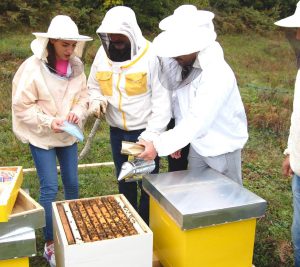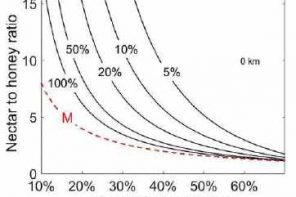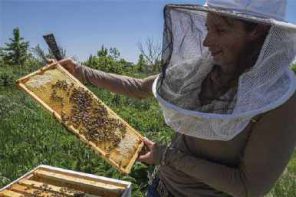June Report
Spring Reckoning
We went to our reporters this month and asked about their Spring weather, and how it had affected the bees, and them, and then their Winter and to date (early May) losses so far. Here’s what we got back.
Region 1 was way too cold, with enough but not too much rain, which held them back a bit in their bee work, but got their bee going a bit ahead of schedule. Averages losses so far this season come to 41%.
Region 2 warm and dry for the most part, but some cool and wet areas existed, good timing on rain kept things going, so they and their bees got a bit ahead for a change. Some late frosts and late cool weather threw a wrench in some early crops though. 26% loss so far this year is the average for all reporters in 2.
Region 3 was warm and dry, but enough rain helped out and things were about as usual. So both bees and beekeepers are doing well up to now. Across the region, losses amount to an average of 26% so far.
Region 4 was warm and dry, or cold and wet, depending on where you were. But most everybody seems to be ahead of their usual schedule, and the bees seem to be ahead a bit also. Losses on average in this region amount to 45% however, with several completely wiped out.
Region 5 was wet for the most part, with enough, or more than enough rain. This gets beekeepers right about where they think they should be for this time of year, and the bees are about normal too. Not a bad place to be in this time of year. Losses amount to an average of 42%
Region 6 was for the most part dry this year – not surprising we suppose, with the right amount of rain in most places. But most reports are behind in bee work, and their bees are somewhat behind where they should be too. Losses here averaged 31%.
Region 7 was wet, wet, wet. Did we mention it was wet out west this spring? Too much rain, way too much. And as a result work is way, way behind schedule, as are the bees. So it goes. Losses out west averaged 35% this year.
Overall, Winter and Spring losses came to just over 35% for all reporters across all regions. Replacing just over a third of your colonies is a tough row to hoe, and the cost can be extreme, especially considering several lost 100% of their colonies. We’ll wait to see what the BIP and USDA surveys show for Winter and Spring losses to compare our group with larger groups.











